Commercial roof replacement is a significant project, but it’s often a necessary investment to protect your business and maintain the integrity of your property. A commercial roof replacement ensures the safety of your building, extends its lifespan, and can even lead to long-term savings on maintenance and energy costs. Whether you’re managing an office building, a warehouse, or a retail space, understanding the process is essential to making informed decisions.
Here’s a quick rundown of what you’ll learn in this blog:
- The key steps involved in a commercial roof replacement
- Important factors to consider when choosing roofing materials
- Why professional expertise is critical for a seamless project
If your flat roof or other commercial roof needs a replacement, this guide will walk you through the entire process step by step.
Step 1: Initial Inspection and Assessment
The first step in any commercial roof replacement is conducting a thorough inspection. This process identifies the current condition of your roof and helps determine whether a full replacement or repair is necessary.
🔍 What’s involved in the inspection?
- Visual Inspection: A professional contractor examines your roof for visible damage, such as cracks, pooling water, or worn-out materials.
- Core Sampling: By taking a small sample of the roofing material, contractors can assess the underlying layers and detect any hidden issues, like moisture damage or rot.
- Infrared Scanning: Advanced techniques, such as infrared scanning, help detect areas where water may be trapped within the roof structure.
This comprehensive evaluation helps create a clear picture of the roof’s current state and informs the next steps. If problems like leaks or deteriorating areas are detected, a roof replacement may be the best solution.
Step 2: Planning and Choosing Roofing Materials
Once the inspection is complete and a replacement is confirmed, the planning phase begins. Here, you’ll work with your roofing contractor to select the right roofing materials and plan the scope of the project.

🪨 Factors to consider when choosing materials
- Durability: Select materials that can withstand your region’s climate conditions. For example, in areas prone to heavy rain, a watertight material is crucial for long-term performance.
- Energy Efficiency: Commercial building owners often opt for energy-efficient materials that help reduce heating and cooling costs.
- Roof Type: Whether you have a flat roof or a sloped one, your material options may vary. Popular choices include single-ply membranes (EPDM, TPO, or PVC), metal panels, modified bitumen, and built-up roofing (BUR).
These considerations ensure that your new roof will meet your building’s needs while delivering strong performance for years to come.
Step 3: Budgeting and Proposal Review
Budgeting is critical in the commercial roof replacement process. After agreeing on the materials and scope of work, the contractor will provide a detailed estimate.
📑 What’s included in the proposal?
- Material costs
- Labor costs
- Project timeline
- Warranties and guarantees
Reviewing this proposal carefully is vital. Make sure all potential costs are accounted for, including debris disposal, permits, and any potential contingencies that may arise during the project. A transparent and detailed proposal helps avoid unexpected surprises during the roof replacement process.
Step 4: Securing Necessary Permits
Before any work can begin, your contractor will need to secure the appropriate permits for the project. Building codes and regulations vary depending on your location, so working with an experienced professional is critical to ensuring compliance.
📃 Importance of permits
- They ensure the roofing replacement meets local safety standards.
- Proper permits prevent issues with inspections later on.
- They protect commercial property owners in case of disputes or legal matters.
This step may not seem exciting, but it’s essential for a smooth and successful roofing project.
Step 5: Removing the Old Roofing System
Now the hands-on work begins. The first physical step of the roof replacement process is removing the existing roofing materials.
🛠️ Steps involved in the removal process
- Stripping Away the Old Roof: Layers of the old roof system are removed, exposing the underlying structure.
- Inspecting the Decking: Once the roof is stripped down, contractors inspect the underlying roof deck for any damages that might need repair.
- Disposing of Old Material: Proper disposal of old roofing materials ensures the site remains clean and safe.
This process requires precision and care to prepare the surface for the new roofing system.
Step 6: Installing the New Roofing System
Here’s where progress becomes tangible. Installing the new roofing materials typically involves the following steps:

🛠️ Steps to Installation
- Preparation of Decking: Before installation begins, the roof decking is cleaned, repaired, and prepped to ensure it can support the new roof layers.
- Installing Insulation Layers: If your commercial roof requires insulation (e.g., for energy efficiency), this is applied next. Insulation boards or spray foam are layered and secured.
- Laying the Roofing Materials: Depending on your choice of roof material, the installation process will vary. For instance:
- Single-ply membranes, like TPO or EPDM, are rolled out, positioned, and heat-welded or adhered with strong adhesives.
- Metal roofing is laid panel by panel, fastened securely to the structure.
- For built-up roofing, alternating layers of bitumen and reinforcement materials are added.
- Sealing and Finishing: Seals are applied to create water-resistant barriers, and flashings are installed around vents, chimneys, and edges to prevent leaks.
- Final Inspection: A thorough inspection ensures every element of the roof has been installed properly, with no gaps or weak points.
This step showcases the transformation of a worn-out roof into a state-of-the-art roofing system ready to withstand the elements.
Step 7: Post-Installation Inspection and Maintenance Planning
Once the new roof is installed, a post-installation inspection is performed. This ensures that the roofing system has been installed correctly and is free of defects.
✅ After-installation checklist
- Inspect the roofing seams and joints.
- Verify proper drainage, especially for a flat roof.
- Ensure all materials are installed as per manufacturer guidelines.
🧰 Planning for ongoing maintenance
Finally, discuss a maintenance plan with your contractor. Proper maintenance extends the lifespan of your roof and helps you catch minor issues before they develop into costly repairs. A solid maintenance plan includes periodic inspections, cleaning gutters and drains, and addressing minor wear and tear promptly.

Why Choose J-Tech Construction & Solar for Your Commercial Roof Replacement?
When it comes to replacing a commercial roof, you need a trusted partner capable of delivering expert advice, seamless execution, and long-lasting results. At J-Tech Construction & Solar, we take pride in being a leader in the roofing industry.
Here’s why we stand out:
- Expertise: Our team has years of experience handling complex commercial roofing projects across various industries.
- Quality Materials: We use only the highest quality roofing materials, ensuring your roof is durable, energy-efficient, and cost-effective.
- Comprehensive Service: From the initial inspection to ongoing maintenance, we’re with you every step of the way.
- Customer-Centric Approach: Your satisfaction is our top priority. We work closely with you to ensure the project meets your expectations and deadlines.
If you’re ready to upgrade your building with a new, dependable roof, contact our team today. J-Tech Construction & Solar is here to protect your property while keeping your long-term costs low.






